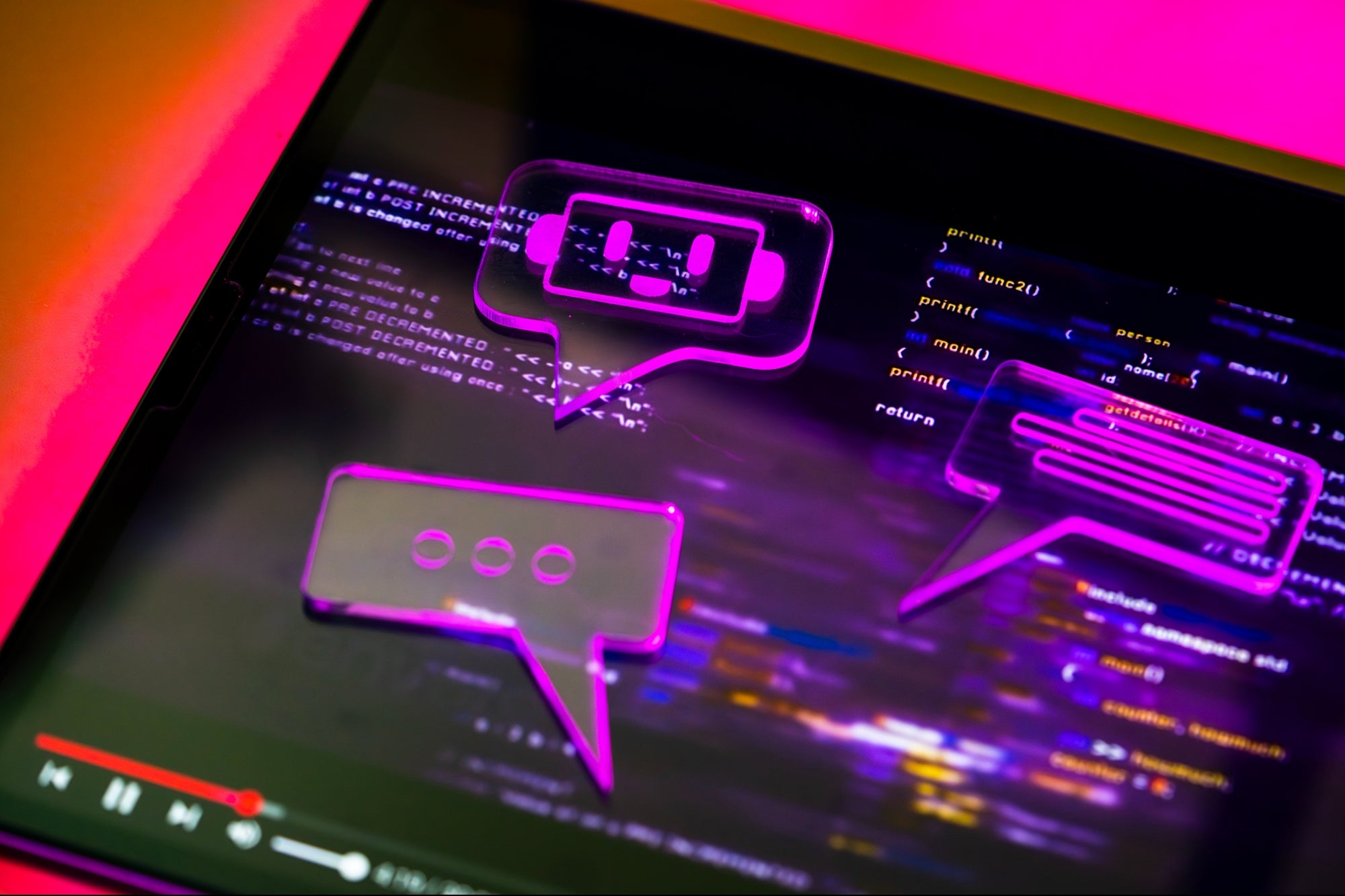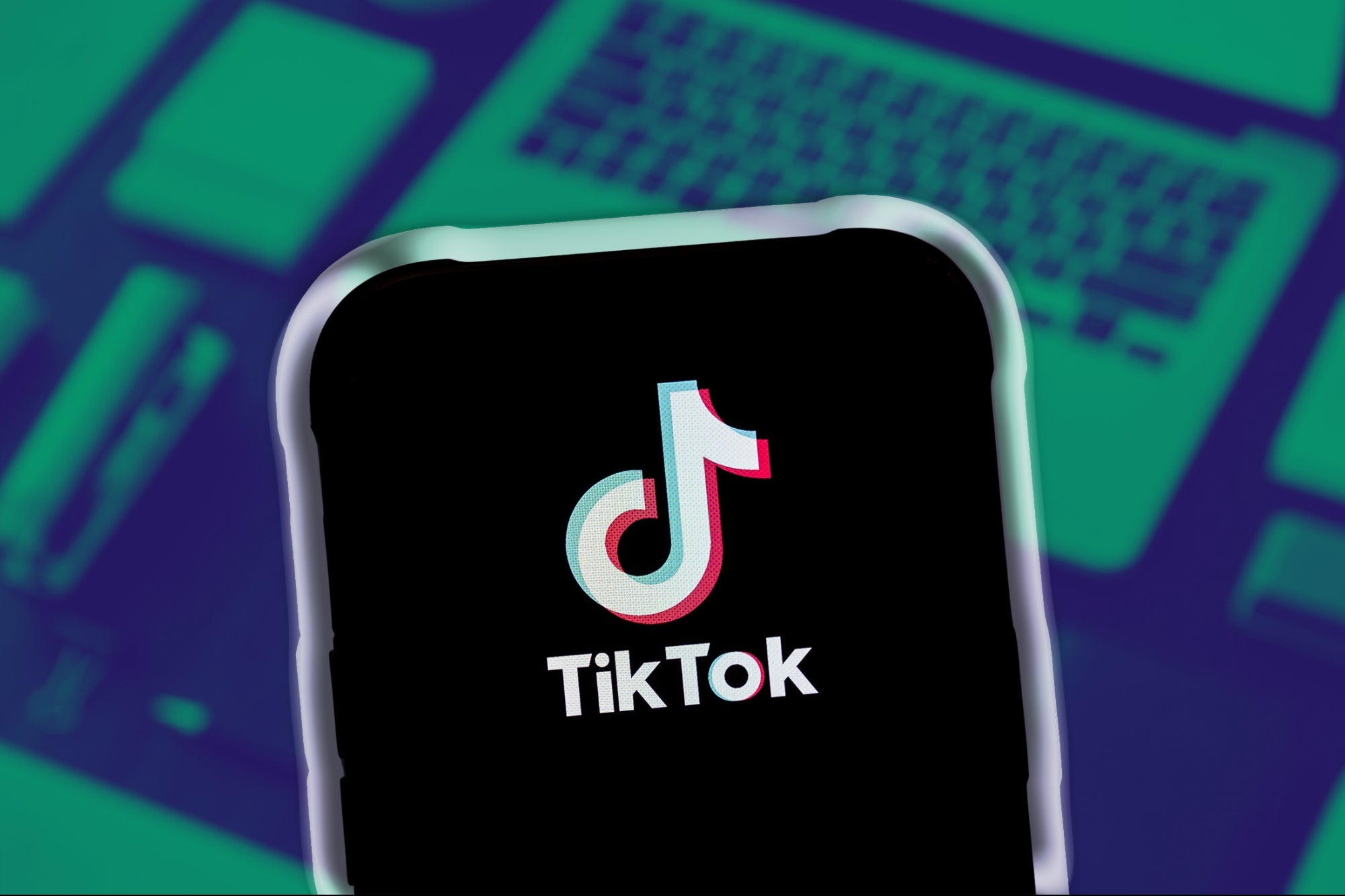Building Sustainable UX Models: Why Web3 Must Overcome Key Challenges Before Entering Mainstream Adoption Much like Web 2.0's socially optimized UX models and a considerable emphasis on mobile users, Web 3.0 will require a reassessment of how user experience works.
By Dmytro Spilka Edited by Jason Fell
Opinions expressed by Entrepreneur contributors are their own.
You're reading Entrepreneur Europe, an international franchise of Entrepreneur Media.

Although the future certainly looks promising for the emergence of Web 3.0 solutions, it's clear that there will be a number of challenges that may impact adoption as the technology continues its push toward mainstream adoption.
Naturally, big barriers to adoption can be fatal for developing technology unless the reward makes them worth overcoming–and the promise of Web 3.0 is such that solutions are already being built to help smooth the arrival of this new evolution of the internet.
As a Medium diagram shows, Web 3.0 represents the next iteration of the internet–evolving beyond its predecessor's sprawling emphasis on social media and cloud-based computing.
Web 3.0 will be characterized by artificial intelligence services, decentralization, and edge computing.
Much like with the transition from Web 2.0 to Web 3.0, this move will involve a fundamental shift in how users interact with web elements and online services. Much like Web 2.0's socially optimized UX models and a considerable emphasis on mobile-based browsers, Web 3.0 will require a reassessment of how user experience works.
This will invariably present new challenges, solutions, and opportunities. Let's take a deeper look at the significant challenges that face UX models in the age of Web 3.0:
Re-designing the wheel.
The age of Web 3.0 is characterized by decentralized applications (dApps). Although the principles of this new iteration of the internet are highly functional in concept, it will take some work to ensure that interactions are straightforward and responsive for users.
One of the leading principles of Web 3.0 will be blockchain technology. Some of the core functions of blockchain can involve consensus mechanisms, swapping digital assets, gas fees for transactions, and private keys among other terms that are likely to be unusual for new users.
As such, the key challenge for Web 3.0 developers is to incorporate these new technologies into a functional design that's straightforward to understand but comprehensive enough to cater to these burgeoning technologies.
Designing easy-to-follow journeys for customers on decentralized finance products will involve rethinking many established funnels and UX staples. For instance, DeFi protocols can often run through the use of cryptocurrencies that run on fluctuating 'gas' fees that leverage transactions. This means that building a UX model that keeps users informed about these dynamic fees is essential.
When building interfaces to support the key Web 3.0 developments such as future iterations of the metaverse, it's vital that designers incorporate user-friendly experiences while pairing them with the technology that's set to power the next generation of the internet. Although this is likely to see many wildly varied page designs in the near future, we're set to see more standardized UX approaches through trial, error, and multivariate testing approaches.
Prioritizing ease of use.
One of the biggest issues that face the cryptocurrency industry – and possibly the biggest barrier to crypto adoption today–is that the complexity of the technology is a major barrier when it comes to entering mainstream usage.
When Web 3.0 begins to take hold, we will see a far greater level of crypto adoption in order to support a new digital framework for the internet.
Here, developer-driven usability will need to give way to user-friendly functionality. There's already evidence of this shift taking place, and many cryptocurrency exchanges now support the use of QR codes in order to send transactions rather than forcing users to undergo the arduous process of copying and pasting wallet addresses to send or receive currency.
Today, the very act of setting up a cryptocurrency wallet can strike fear into the hearts of users. To carefully recite long-winded wallet addresses and private keys can force many process abandonments with users too fearful of the consequences of getting something wrong and losing money.
Fortunately, decentralized applications like dappOS stand as examples of strong solutions to the complexity of secure transactions in the Web 3.0 landscape. With dappOS, a project member of the Binance Incubation Program Season 5, user accounts are actually blockchain contracts controlled by the user's signature, freeing users from such hurdles as confusing recovery phrases and the necessity of using multiple accounts.
Instead, dappOS can also help customers to reset their accounts through a third-party agency or KYC processes. Also, customers can do the cross-chain transaction via different tokens/assets or implementation easily without switching the chain in the unified account.
This means that anyone without technical skills and crypto knowledge can access dApps. Cryptocurrency wallet holders can also benefit from a smart contract-backed wallet that empowers seamless interaction with third-party nodes to help users interact with public chains. With every virtual wallet, the owner's address will be recorded when the platform is deployed and all that would be required to make a transaction is a virtual signature.
Expectation management.
As Web 2.0 matured, users have become accustomed to seeing digital items designed in a highly appealing manner, and in a very user-friendly way. This has raised standards and expectations ahead of the arrival of Web 3.0, and it's up to UX designers to meet these expectations that perhaps didn't exist in the same way as Web 2.0 emerged from Web 1.0.
In the coming years, it won't be enough to design a user-friendly experience–it will need to be visually engaging and highly immersive. Demands will raise expectations for speed, functionality, and fast rollouts for improvements.
Paving the way for acceptance.
It's worth remembering that Web 3.0 is a new technological development, and we will still have many years before we see mainstream adoption take place. At present, adopters still either don't understand this new iteration of the internet or don't feel confident using it.
UX designers in the age of Web 3.0 will need to build their apps and websites with this in mind, and prioritize building user trust before seeking to unleash their ambitions for the technological landscape.
With this in mind, it's perhaps a good idea for developers to keep their ears to the ground and look out for the early interpretations of Web 3.0 user experience models to build on for the future. In a landscape that's still in its fledgling stages, it's worth remembering that every challenge is met with vast possibilities.













